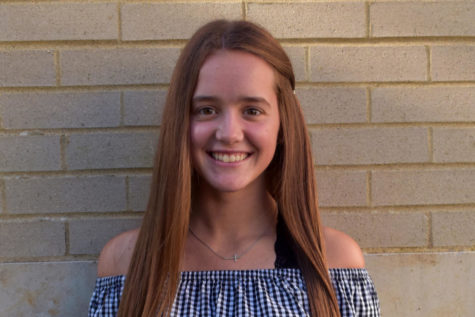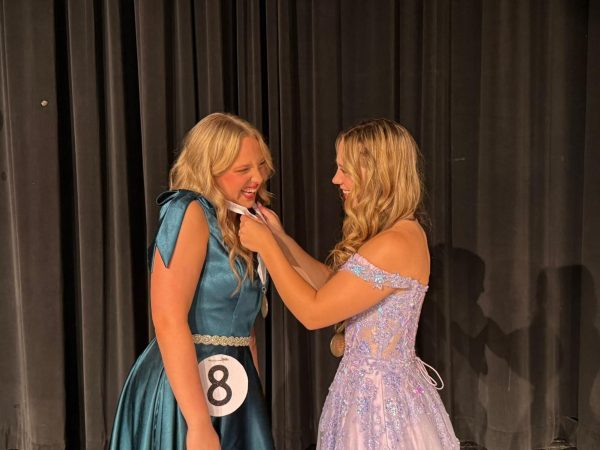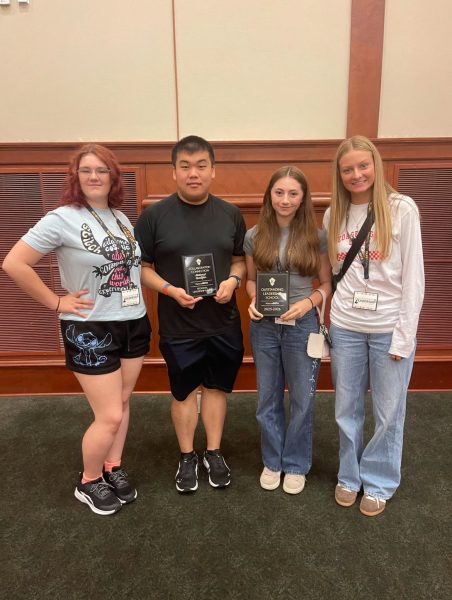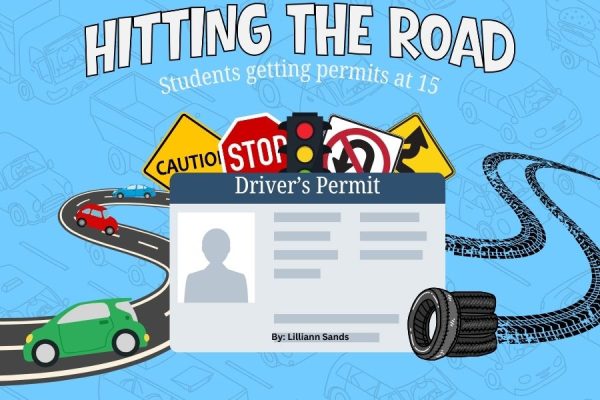ESL Classes Pave the Way for Bilingual Students
“One language sets you in a corridor for life. Two languages open every door along the way.” – Frank Smith.
Being bilingual is a skill that can be very beneficial in life, especially in a country filled with diversity, and GRC now allows this skill to be a possibility for a handful of students.
Shannon McCord Elgueta was recently hired as the county’s first ESL–English as a second language—teacher.
“Some people probably think I teach math or social studies in Spanish, but that’s not what I do,” Elgueta said. “I only teach the English language like if [a student whose first language is English] was going to sign up for German, Spanish, or French class.”
Students who are in the ESL class are called ELL students, or English Language Learners. Any time a student is enrolled in school and their primary language listed is not English, they are given an English language test. If they do not pass, then they are considered ELL.
There are six levels of English proficiency that students score in after taking the test: 1. entering 2. emerging 3. developing 4. expanding 5. bridging and 6. reaching.
In order to pass the test, students must score a 4.5, which means that they know and use social English along with technical academic language.
“Social language is always going to come first because it’s a more relaxed setting, whereas academic language is harder vocabulary; it’s nerve-wracking for anybody to learn,” Elgueta said.
According to Elgueta, academic language is also difficult for ELLs because while students in the US have been attending school since kindergarten, ELL students “don’t have that background because some of them may have never been to school in their home country” because of cultural differences in
education standards.
Overall, the goal for Elgueta is not only to teach English to her students but to educate students and teachers on the ESL program and aid them in giving the ELLs an easier time in our school.
“Part of our goal is to find ways to encourage our teachers to include them, hold them accountable, and speak with them,” she said. “The students also should really push themselves to communicate with them because they’re the same as any high schooler: they want to make friends. They’re not aliens.”
Students and teachers: you can open doors in the lives of these ELL students by simply taking the time to acknowledge them. Say hello. Ask where they’re from. Your words can move mountains and make these students so happy.

Savannah Anderson is a Senior and second-year Smoke Signals member. Her favorite animal is a puppy, her favorite movie is Breakfast at Tiffany's, and she is a camp counselor at Wesley Woods Church Camp.






